Your approach to music is truly unique. How did you begin creating instruments from recycled materials?
I’ve always seen music as more than just sound—it’s a form of energy, a bridge between the past and the future.
Growing up in Upper Egypt, surrounded by ancient history, I became fascinated by the idea that civilizations before us might have used sound in ways we don’t fully understand yet.
I started experimenting with making my own instruments, and because I didn’t always have access to expensive materials, I turned to what was around me—discarded objects, forgotten materials.
I realized that sound could be extracted from anything if you know how to listen. What started as an experiment became an obsession, and now it’s my way of reshaping the relationship between music, history, and technology.
You’ve made some incredible pieces, including the cigarette box MIDI controller and the candy box synth. What inspired these creations, and how do they work?
For me, MIDI controllers are more than just tools—they’re extensions of the body, a way to interact with sound in real-time. But instead of using mass-produ

ced controllers, I build my own from everyday discarded objects like candy tins and cigarette boxes.
These objects already have a story, a texture, a resonance. By turning them into MIDI controllers, I’m not just repurposing waste—I’m redefining
what an instrument can be.
In my live performances, these controllers become the core of my setup. They allow me to manipulate sound dynamically—triggering samples, controlling effects, and shaping the music as I perform. Every button, knob, and sensor I add gives me direct, physical control over elements like pitch, filters, and modulation.
This means my performances are never static—I’m constantly sculpting the sound in real-time, reacting to the space, the energy, and the audience.
What excites me most is the fusion of the organic and the electronic. While I play live on my handmade instruments—crafted from upcycled materials—I use my DIY MIDI controllers to weave everything together, creating a hybrid performance where ancient sounds meet futuristic electronic manipulation.
It’s a continuous conversation between past and future, between raw acoustics and digital transformation. This approach is not just about sustainability—it’s about innovation, about breaking the boundaries of what a musical instrument can be.
Your work isn’t just about performing—you also run workshops for kids. What inspired you to start teaching, and how do the workshops work?
I see teaching as an extension of my music. It’s not about charity, but about empowerment—giving people the tools to explore sound in their own way. I want to show people, especially kids, that they don’t need expensive gear to create something beautiful.
My workshops focus on transforming everyday objects into instruments, but more than that, they’re about shifting perspectives—teaching people to listen differently, to reimagine what’s possible. Sound is everywhere; you just need to know how to tap into it.

How does Cairo’s environment and music scene influence your art?
Cairo is chaos and harmony at the same time. The sounds of the streets—car horns, voices, construction—are like a massive, living composition. But my deeper influence comes from Luxor, where the spirit of ancient Egypt still lingers.
The energy of the Valley of the Kings, the symmetry of the temples, the rhythm of the Nile—it’s all music. I’m constantly inspired by the idea that the ancients might have used sound in ways we’re only beginning to rediscover. I believe that frequencies and resonance played a role in their architectural feats, and that concept influences my approach to tuning, performance, and composition.

Can you share a memorable moment from a performance or workshop that really stuck with you?
One moment that stands out was performing in an ancient temple at night, surrounded by stone structures that had witnessed thousands of years of history. Playing my instruments there, I felt like I was tapping into something much older than myself—like the sound was activating the space. The reverb, the stillness, the weight of time—I realized then that my music isn’t just about sound, it’s about connection. That’s what keeps me going.
What message do you hope to convey through your work?
That music is not just entertainment—it’s a force. It carries memory, it moves energy, and it has the power to reshape the way we experience the world. Through my instruments and my performances, I want to bridge the ancient and the futuristic, the organic and the electronic, the discarded and the valuable.
My message is simple: sound is everywhere, and if you learn to work with it, you can transform anything—even trash—into something powerful and meaningful.
What’s next for you?
Pyramid Sound is my next chapter—a sonic exploration of ancient frequencies and modern experimentation. The album brings together musical traditions from around the world—India, Pakistan, Iran, Iraq, Yemen, North Africa, Native American cultures, Irish, Greek, Balkan, Turkish, Chinese, Japanese, Middle Eastern, and more—blended through my own Egyptian roots.
I see myself as an ancient soul musician, collecting sounds across civilizations and reinterpreting them through my own lens. One of the concepts behind Pyramid Sound is my theory that the ancient Egyptians may have used sound resonance to move massive stones.
I’ve been researching tuning systems, music frequencies, and even the possibility of levitation through ultrasound. This is why I’m obsessed with electrifying my handmade instruments—to explore how frequencies interact and create movement.
Luxor, with its open-air museum and deep history, has shaped my entire vision, and this album is my way of channeling that energy into something tangible. This is just the beginning. The more I explore sound, the more I uncover new possibilities. I’m not just making music—I’m trying to tap into something ancient, something universal.
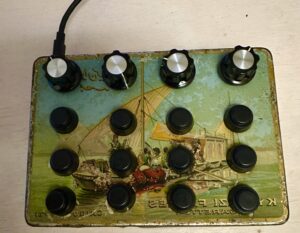
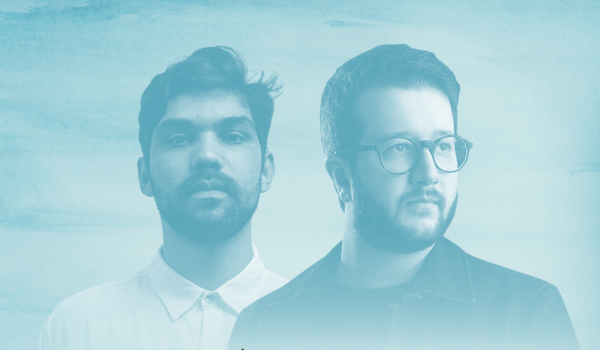

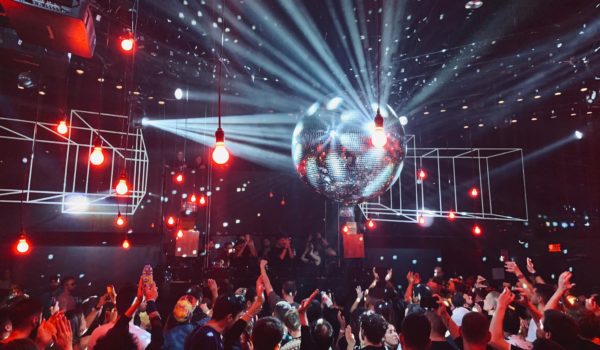
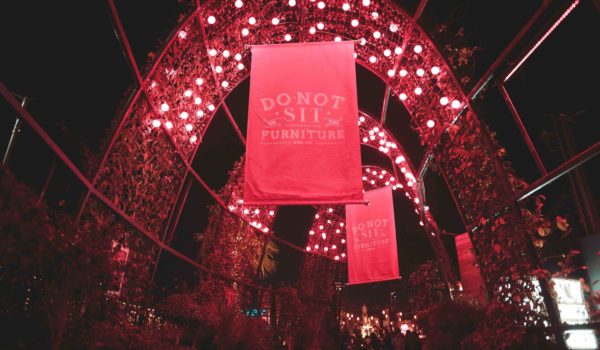
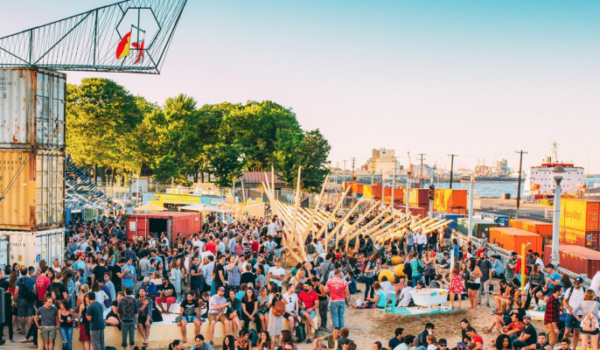
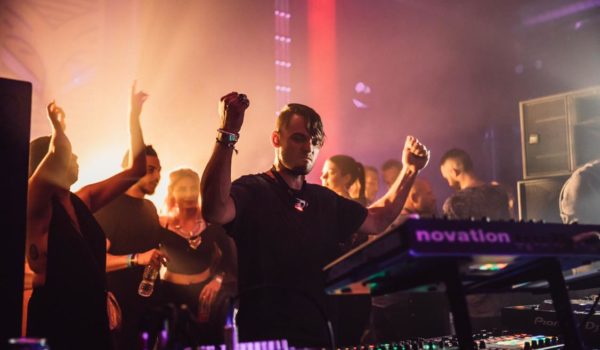
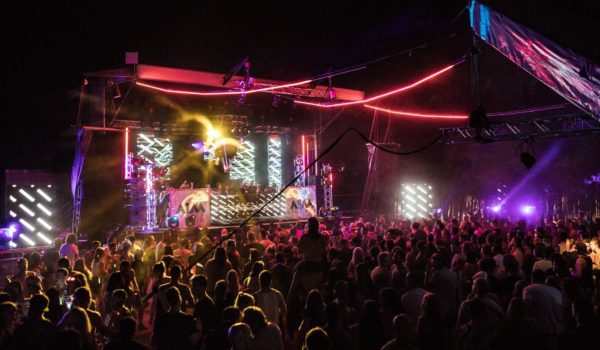
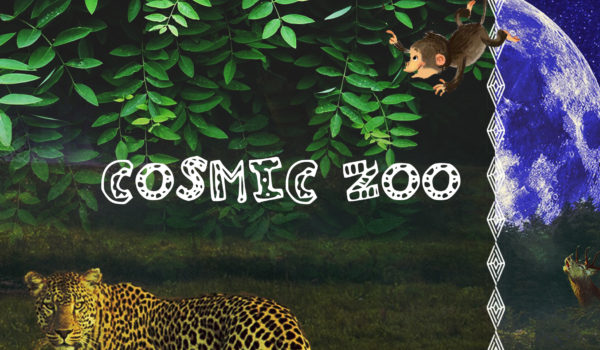
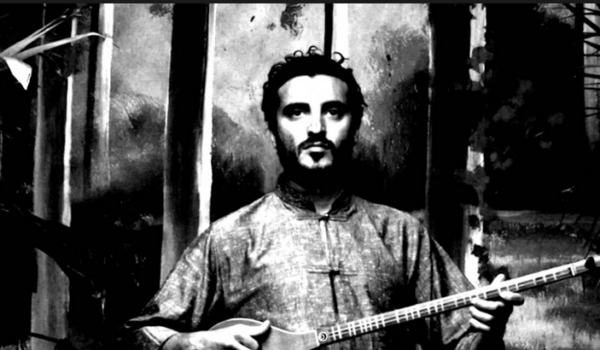
Comments